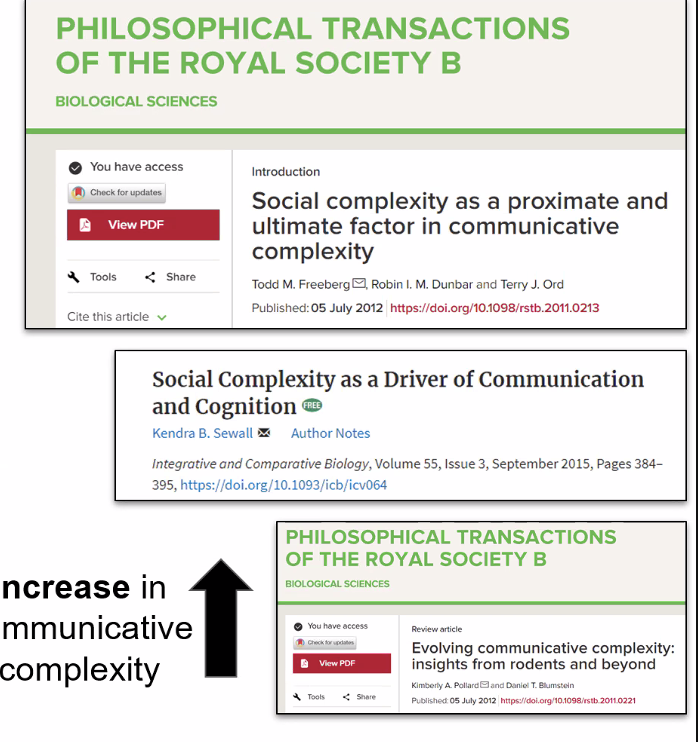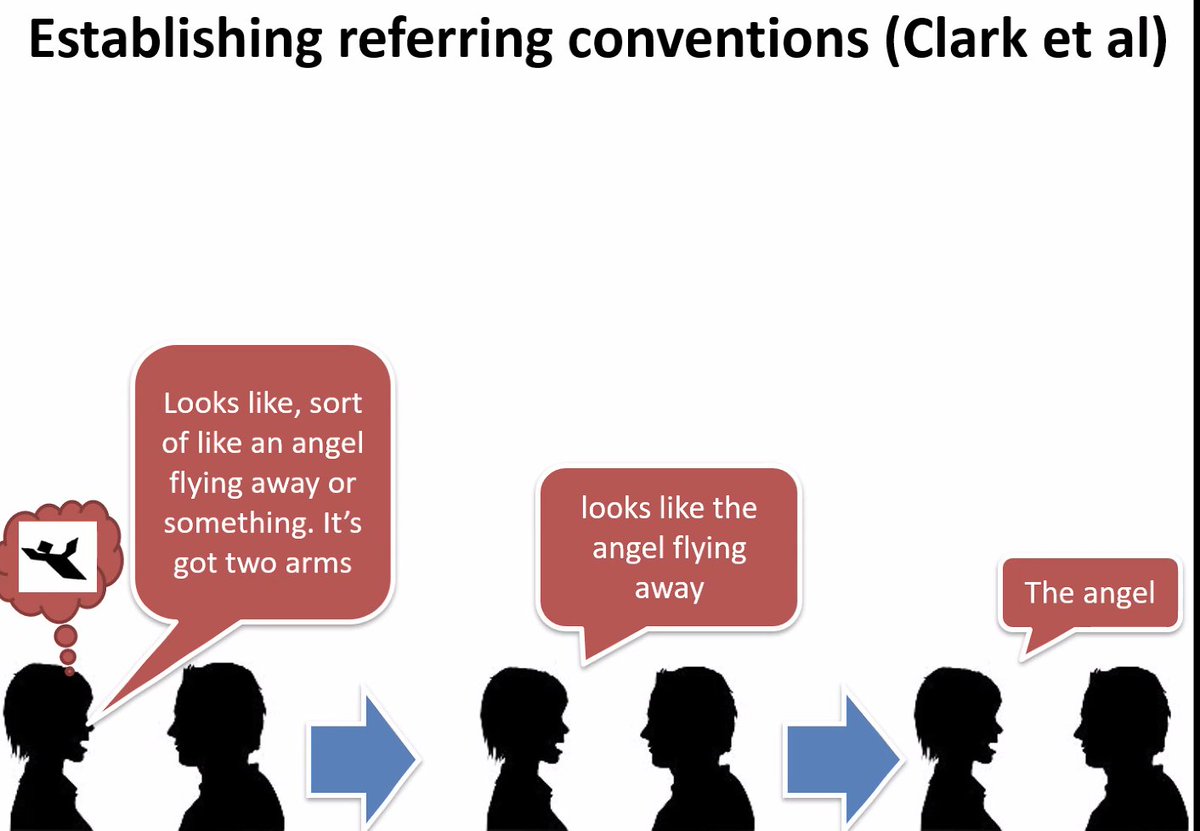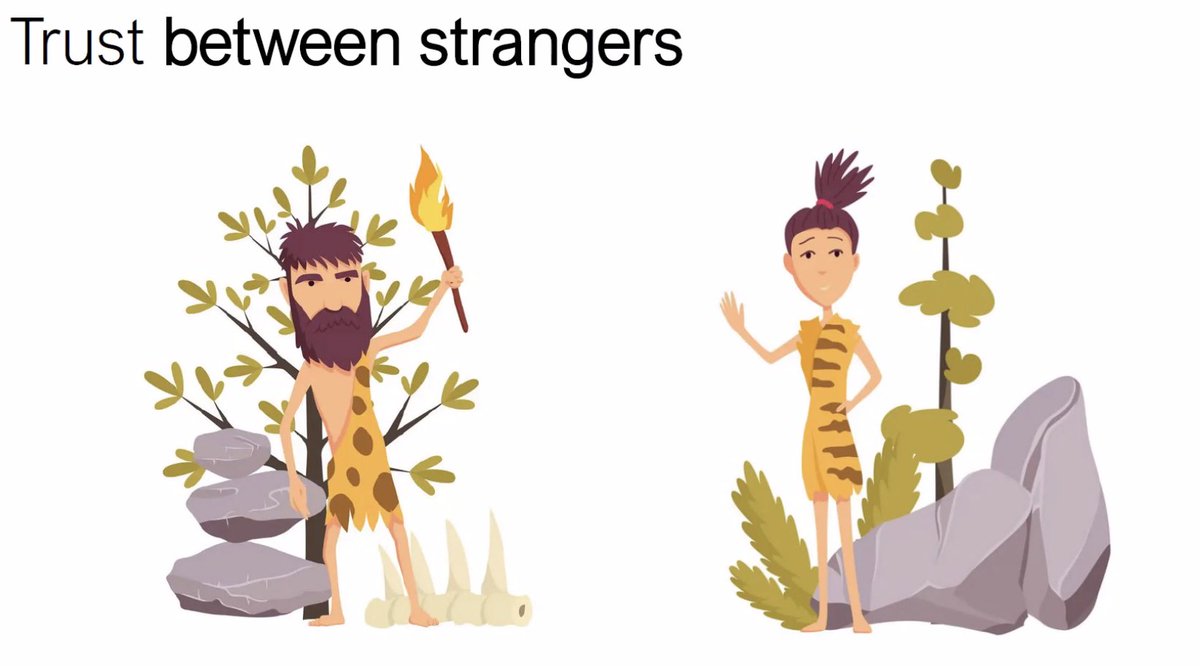
Fantastic talk by @kristian_tylen and colleagues from @AarhusUni @interact_minds (& @Nicolas_Fay)
showing how to combine archaeology, cognitive science and semiotics to study the possible symbolic function of South African cave engravings over several millenia.
showing how to combine archaeology, cognitive science and semiotics to study the possible symbolic function of South African cave engravings over several millenia.

Engravings in these areas seem to evolve into more structured forms over time, perhaps signalling gradual refinement of symbolic tools. But the function of these potential symbolic tools is not very clear. 

Some think they could just be for aesthetic effect (non-semantic), regard them as cultural/traditional stylistic elements (to actively mark group identity), or perhaps they are early signs of full-blown denotational symbolic and semantic signs, pointing to individual meanings
It's quite difficult draw inferences from symbolic forms to their actual pragmatic use. Tylén et al therefore identify mediating layers, like their structural composition and the cognitive affordances of these signs and how the engage the perceiver 

If we change the symbolic form, it should affect the extent to which they support cognitive processes, which then enable specific pragmatic uses, which in turn should lead to refinement of these symbolic tools to better fulfill their symbolic function
In their recent PNAS study they therefore used these engraving patterns as stimuli in tasks and found that they indeed became more salient, easier to remember, recognize, and reproduce, but no support for a semantic symbolic function 

In ongoing work they are looking into whether cultural transmission processes can lead to the developments oserved in the engravings and whether the same stages in their evolution can be found in the lab as in the wild 

Preliminary results show that simple patterns can become more complex and structured over generations (higher entropy, more lines intersecting) 



To address the relative saliency at each stage they used a whole suite of cognitive and perceptual experiments to see if they gained salience, intentionality, memorability, style and discriminability 

Indeed the signs became more salient, easy to identify, memoralizble and reproducible. But in this minimal manipulation clearly recognizable differences between transmission chains did not emerge. In contrast to the original study 

In sum, the engravings were likely aesthetic and perhaps group identifiers that gradually became refined for that function. Using transmission chains also showed that this could result from a cultural process of iterated learning. See also original paper: pnas.org/content/117/9/… 

• • •
Missing some Tweet in this thread? You can try to
force a refresh























